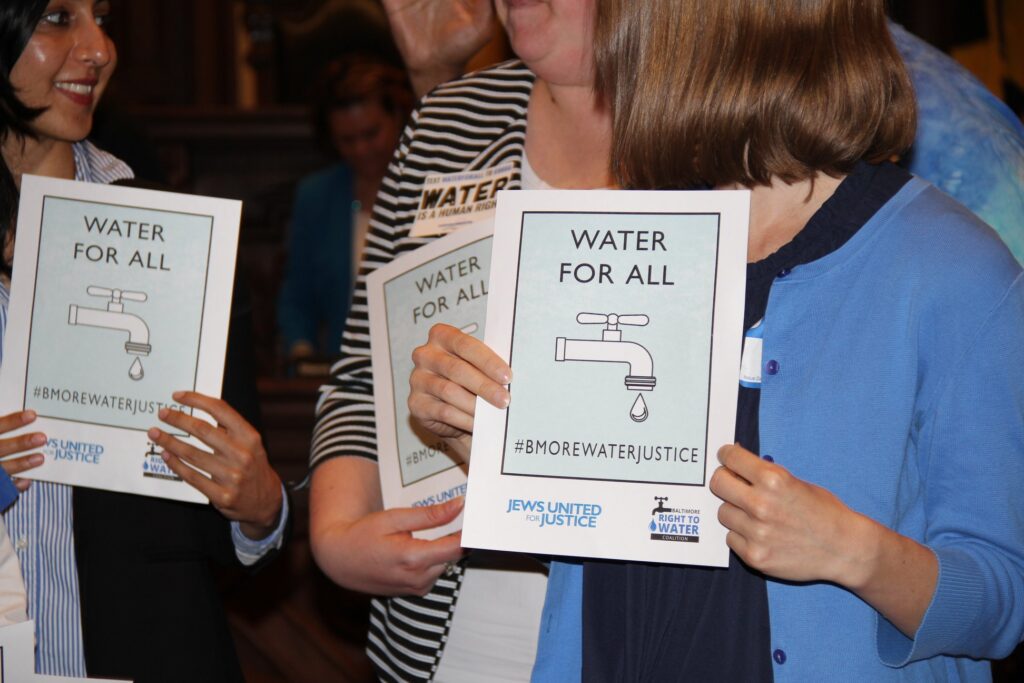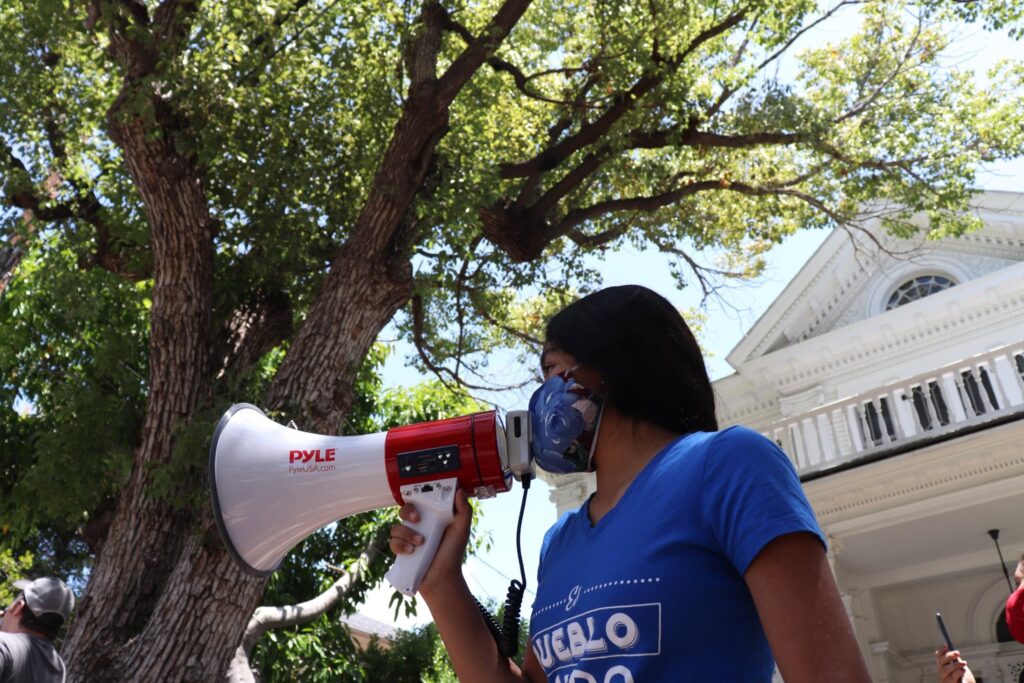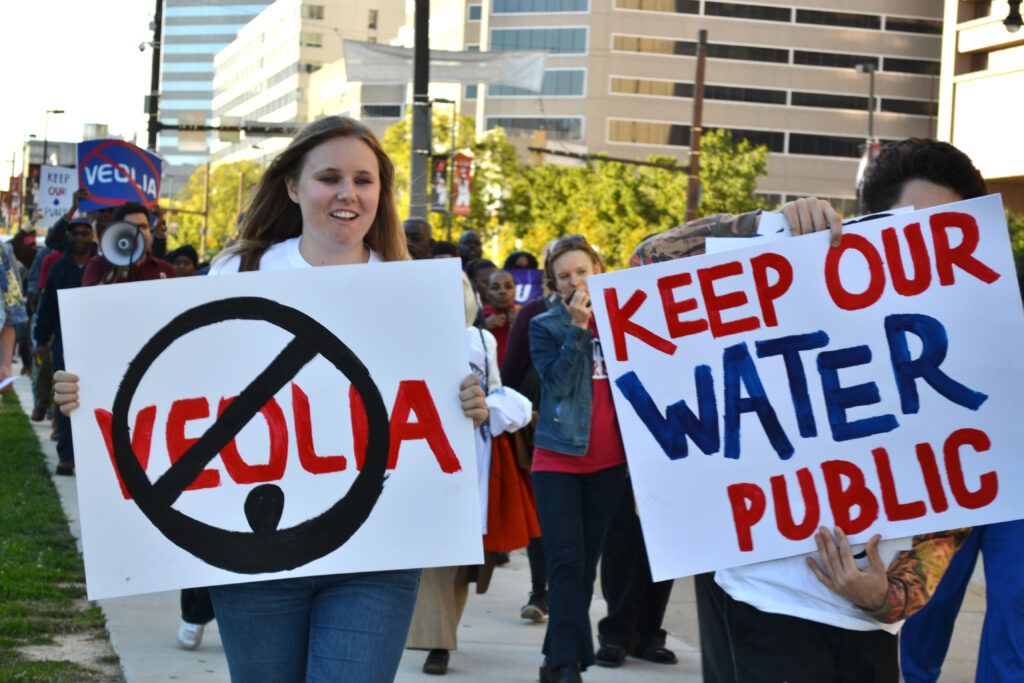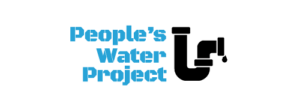Quick Facts About Our Issue Areas
Water As A Public Good
- Since peaking in 1977, federal funding for water infrastructure has been cut by 82 percent in real dollars.
- When corporations provide public services such as water provision, public transit, and parking, they typically negotiate for as much control as possible over user rates.
- Private and investor owned utilities typically charge 59 percent more for water service than local government utilities, often leading to rate hikes that have a disproportionate impact on low-income communities and communities of color.
- Water privatization has also led to labor cuts and abuses, serious health and safety violations, dangerous cost cutting that puts public health in jeopardy, and failure to invest in necessary infrastructure upgrades.
Water Accessibility and Affordability
- An analysis of 12 diverse cities shows the combined price of water and sewage increased by an average of 80 percent between 2010 and 2018.
- Based on Food & Water Watch data, 15 million people in the United States experienced a water shutoff in 2016, or a shocking 1 out of every 20 households.
- The highest shutoff rates were disproportionately in cities with more people living in poverty, more unemployment and more people of color.
- Water affordability programs are not the same as water assistance programs. Water affordability programs are permanent, tiered and based on a percentage of a ratepayers income, like the Philadelphia Tiered Assistance Program (TAP). Water assistance programs provide temporary, emergency assistance to ratepayers. Both are necessary.
Water Quality
- Water is uniquely vulnerable to pollution because it is able to dissolve more substances than any other liquid on earth.increased by an average of 80 percent between 2010 and 2018.
- The Environmental Protection Agency allows utilities to use a testing method that doesn’t detect the highest concentrations of lead in pipes.
- Between June 2016 and May 2019 there were over 170,000 violations of the Safe Drinking Water Act in more than 24,000 communities throughout the country.
- Low income communities and communities of color (BIPOC) continue to see high levels of contaminants like lead and per-and polyfluorinated substances (or PFAs) in their drinking water, among others.
Related Reports

Consumer ReportsAn analysis of 12 diverse cities shows the combined price of water and sewage increased by an average of 80 percent between 2010 and 2018.

Food & Water WatchBased on Food & Water Watch data, 15 million people in the United States experienced a water shutoff in 2016, or a shocking 1 out of every 20 households.

inthepublicinterest.orgWhen corporations provide public services such as water provision, public transit, and parking, they typically negotiate for as much control as possible over user rates.
